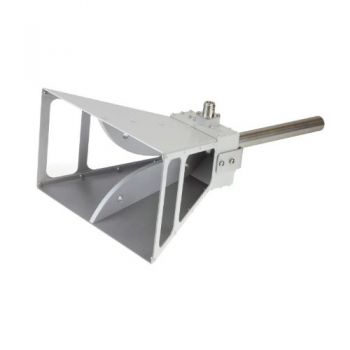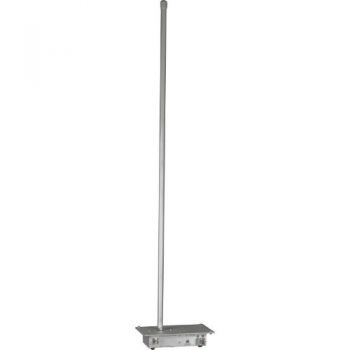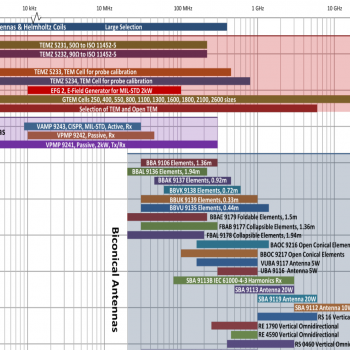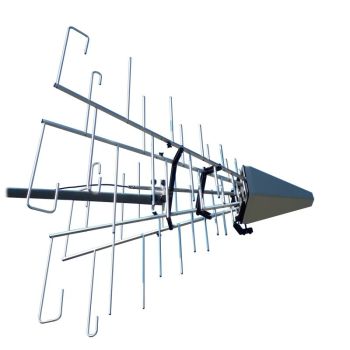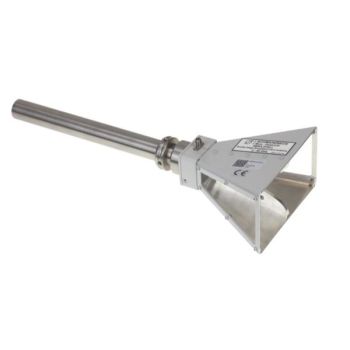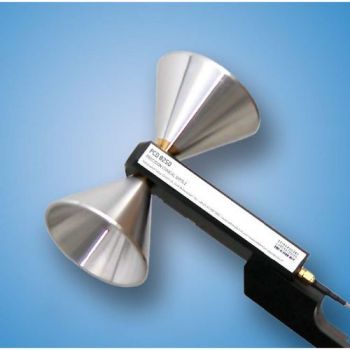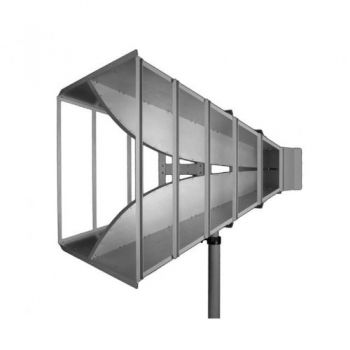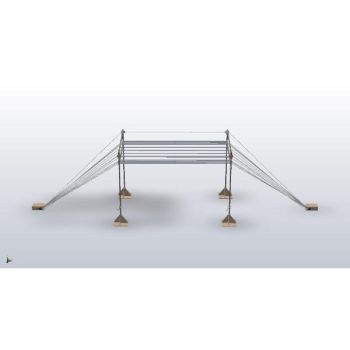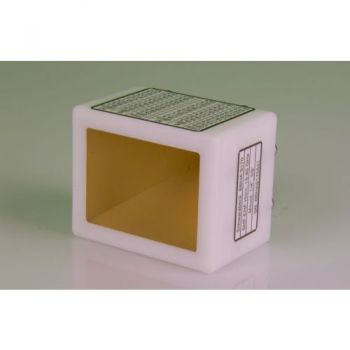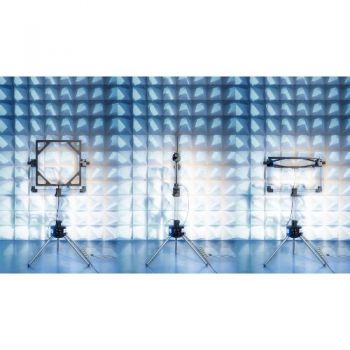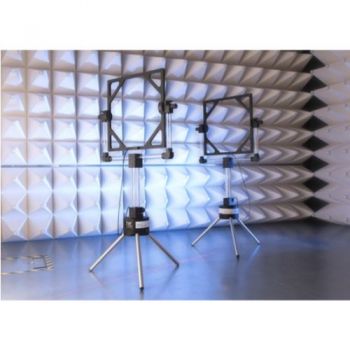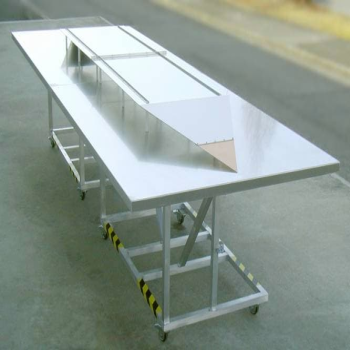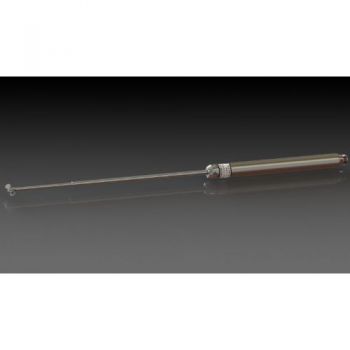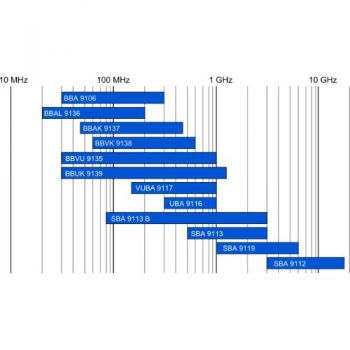
Biconical Elements Overview
The Schwazbeck Biconical elements come in many sizes and offer different performances depending on what your needs are. For best low-frequency performance (good gain, low antenna factor), larger elements work better. The downfall of larger elements is handling or fitting in the test space. Many situations may not need outstanding performance with larger elements. The benefits of these elements and antenna baluns are that they all use the same connections (10mm), allowing for versatile sharing/switching of elements. No need to purchase a new antenna; get new elements.
Biconical Elements Overview
|
Biconiocal Elements are closed-ended and the most commonly known configuration. Conical Elements are open-ended, which may allow for better storage and shipping in mobile applications
A big variety of baluns and biconical elements allows choosing the optimum antenna for each specific application. The baluns marked with "RX" are especially designed for receiving applications (because of their superior symmetry), the baluns marked with "TX" are suitable for immunity testing with high power.
Listed smallest to largest
Recommended configuration:
Since each RI setup/chamber is unique, the correct configuration can be discovered:
Biconical Antennas have dipole like characteristics (e.g. circular directional pattern in the H-plane, "8"-shaped in the E-plane, fixed phase center, comparable gain), with an enormous wide bandwidth achieved by the double cone elements. One of the earliest and worldwide most popular biconical antenna designs is the BBA 9106 with balun VHA 9103 B. During the last years, a growing need for expanded frequency ranges arose, which led to the design of biconical antennas reaching down to frequencies of 20 MHz and up to 18 GHz and above. A further increase in bandwidth was achieved with qualified 4:1 baluns, providing a typical gain increase of approx. 6 dB at the lower frequency range. The biconical elements can be mounted and dismounted within a few seconds providing perfect contact repeatability thanks to special clamping fixtures. A small wrench made of insulating material is supplied with the balun, it is tied to the balun head and thus always available whenever needed. Biconical antennas can be used for many applications, in which half-wave dipoles have been used traditionally. An enormous reduction of measurement time can be achieved because the time-consuming tuning of the antenna elements to the half-wavelength is not needed, an important condition for swept broadband measurements. In typical dipole applications, several discrete frequencies are measured, in contrast, the biconical antenna allows continuous sweeps, where site anomalies are discovered much easier. Typical applications for biconical antennas are:
|
||||||||||||||||||||||||||||||||||||||||||||||||||||||||


















